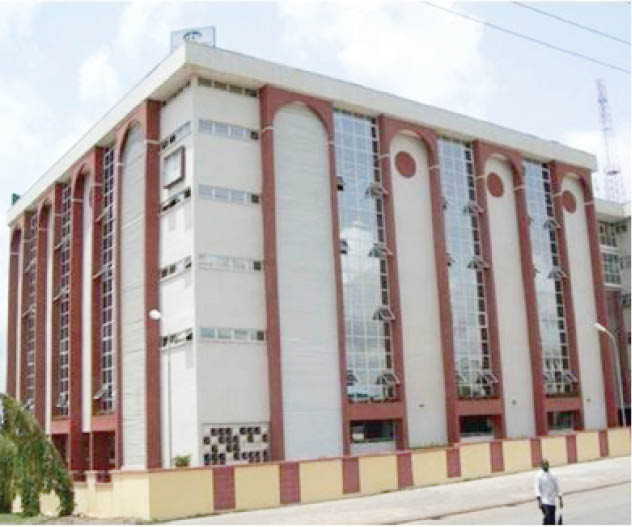The National Bureau of Statistics (NBS) has stated that the inflation figure dropped to 20.12 per cent in the month of August.
A report released on Monday said food inflation also dropped to 1.65 per cent when compared to the 3.12 per cent recorded in the month of July.
It attributed the decline to the drop in the average prices of rice (imported), rice (local), guinea corn flour, maize flour sold loose, guinea corn (sorghum), millet, Semolina, Soya milk etc.
SPONSOR AD
The report added that the August figure was a 1.76 per cent drop when compared to the inflation rate of 21.88 percent in July.
Daily Trust reports that this will be the fifth consecutive decline since April.
The report said, “On a year-on-year basis, the Headline inflation rate was 12.03 percent lower than the rate recorded in August 2024 (32.15 percent). This shows that the Headline inflation rate (year-on-year basis) decreased in August 2025 compared to the same month in the preceding year (i.e., August 2024), though with a different base year, November 2009 = 100.
“On a month-on-month basis, the Headline inflation rate in August 2025 was 0.74 percent, which was 1.25 percent lower than the rate recorded in July 2025 (1.99 percent). This means that in August 2025, the rate of increase in the average price level was lower than the rate of increase in the average price level in July 2025.
“The Food inflation rate in August 2025 was 21.87 percent on a year-on-year basis. This was 15.65 percent lower compared to the rate recorded in August 2024 (37.52 percent). The significant decline in the annual food inflation figure is technically due to the change in the base year. On a month-on-month basis, the Food inflation rate in August 2025 was 1.65 percent, down by 1.47 percent compared to July 2025 (3.12 percent). The decrease can be attributed to the rate of decline in the average prices of Rice (Imported), Rice (local), Guinea corn flour, Maize flour sold loose, Guinea Corn (Sorghum), Millet, Semolina, Soya milk etc.”
“The average annual rate of Food inflation for the twelve months ending August 2025 over the previous twelve-month average was 25.75 percent, which was 11.24 percent points lower compared with the average annual rate of change recorded in August 2024 (36.99 percent).”
For ‘All items less farm produces and energy” or Core inflation, which excludes the prices of volatile agricultural produces and energy, the figure stood at 20.33 percent in August 2025 on a year-on-year basis; a decline of 7.25 percent when compared to the 27.58 percent recorded in August 2024.
“On a month-on-month basis, the Core Inflation rate was 1.43 percent in August 2025, up by 0.46 percent compared to July 2025 (0.97 percent). The average twelve-month annual inflation rate was 23.04 percent for the twelve months ending August 2025, this was 2.14 percent points lower than the 25.18 percent recorded in August 2024.”
Inflation highest in Ekiti State
On states’ profile, it All Items inflation rate on a year-on-year basis was highest in Ekiti (28.17 percent), Kano (27.27 percent), and Oyo (26.58 percent), while Zamfara (11.82 percent), Anambra (14.16 percent) and Enugu (14.20 percent) recorded the lowest rise in Headline inflation on a year-on-year basis.
But on a month-on-month basis, August 2025 recorded the highest increases in Yobe (9.20 percent), Katsina (8.59 percent) and Sokoto (6.57 percent), while Enugu (-5.32 percent), Taraba (-3.64 percent), and Nasarawa (-3.56 percent) recorded decline in month-on-month inflation.
It said Food inflation on a year-on-year basis was highest in Borno (36.67 percent), Kano (30.44 percent), Akwa Ibom (29.85 percent), while Zamfara (3.30 percent), Yobe (3.60 percent), and Sokoto (6.34 per cent) recorded the slowest rise in Food inflation on year-on-year basis.
While on a month-on-month basis, food inflation was highest in Kaduna (9.37 percent), Katsina (9.05 percent), Akwa Ibom (7.87 percent), and while Bayelsa (-9.52 percent), Sokoto (-8.92 percent), and Borno (-8.74 percent) recorded decline in food inflation on month-on-month basis.








